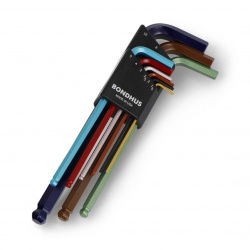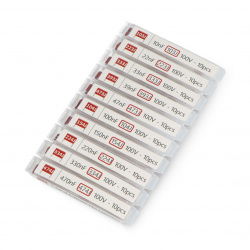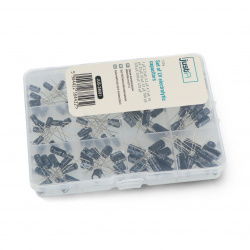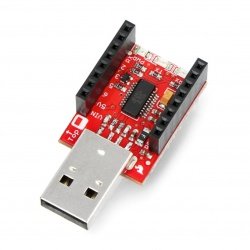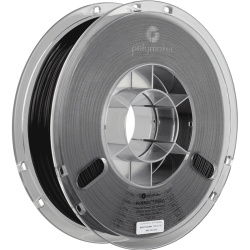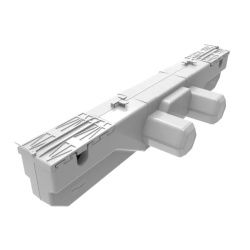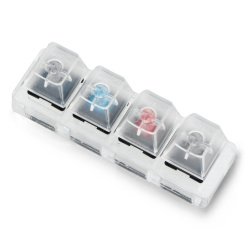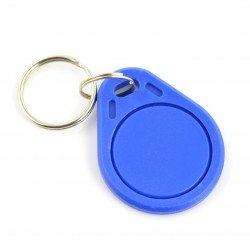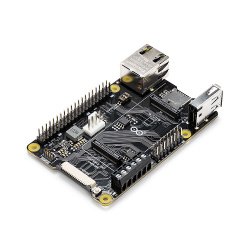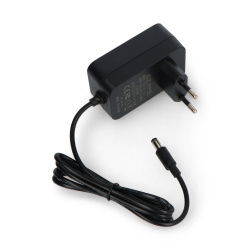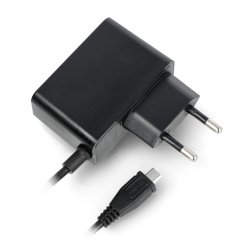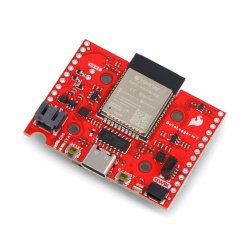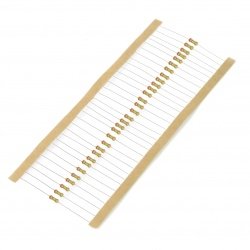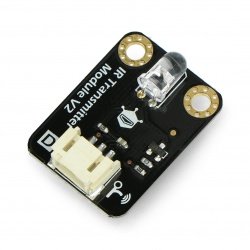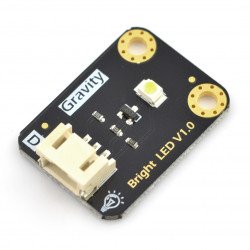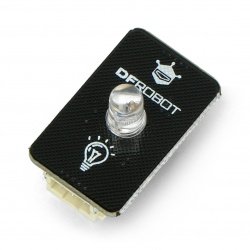Gravity - LED
DFRobot Gravity - digital IR transmitter
Digital IR transmitter from the Gravity, operating at a frequency of 38 kHz with a voltage of 5 V. The module communicates with an IR transmitter, after pairing the modules.DFRobot Gravity - module with Power LED
Module with a very bright LED diode. Voltage supply 5 V. When operating consumes approx. 20 mA. It w orks with Arduino modules.- Reduced price
- SPECIAL OFFERS
DFRobot Gravity - colorful RGB LED module
LED module lights up in the seven colors of the rainbow. The controller randomly chooses the color. Modules may be connected in a cascade, one interface can control all the...DFRobot Gravity: Digital RGB LED Module
Gravity: Digital module LED RGB is a cascading interface, compatible with LED tape. Due to its construction it provides an easier way to connect the individual modules to...See also
- Gravity - starter kits
- Gravity - base hats
- Gravity - accelerometers and gyroscopes
- Gravity - actuators
- Gravity - gas & dust sensors
- Gravity - medical sensors
- Gravity - distance sensors
- Gravity - current sensors
- Gravity - temperature sensors
- Gravity - force sensors and limit switches
- Gravity - light and colour sensors
- Gravity - encoders and potentiometers
- Gravity - converters
- Gravity - communication modules
- Gravity - sound modules
- Gravity - relays
- Gravity - buttons, keys and joysticks
- Gravity - cables
- Gravity - displays
The most important parameters of LEDs
Like any electronic component, LEDs also have their parameters, on the basis of which we can easily select them in an appropriate manner for our application. In fact, LEDs are very similar to classical rectifier diodes (e.g. 1N4148, 1N914, 1N4007), except that they additionally emit light when conducting electricity. The first important parameter of LEDs is the conduction voltage. It is the value of voltage applied to the diode in the conduction direction (i.e. from the anode to the cathode), which causes the transition of the p-n junction in the diode in the conducting state, but when we reverse the direction of voltage (higher potential on the cathode in relation to the anode potential), then the diode will not conduct (transition into the stop state). Depending on the parameters of the power source, a resistor must be selected to limit the current flowing through the diode, which is connected in series with the diode, either on the cathode or anode side. For example, if the LED starts to conduct at 1.8V, and the power source gives a voltage of 5.0V, then you should choose a resistor that limits the current so that the voltage drop at its leads is preferably about 3.0V. Choosing a resistor with a too high resistance may cause the LED not to light. Choosing a resistor with too low a resistance can lead to irreversible damage to the LED. At this point, when selecting a resistor for the LED, in addition to the source and conduction voltage must also take into account the value of the conduction current of the LED. Fortunately, in the case of LED modules from the Gravity series, we do not have to worry about this problem, because the designers from DFRobot designing the LED modules have included the appropriate additional components on the module boards - just connect the power and control (e.g. from the Arduino Uno base module) and you're done!
Example applications of LED modules
To use Gravity series LED modules, connect them to Arduino board using 3-pin JST connector. JST connector has three pins, i.e. power supply voltage (VCC), ground (GND) and control signal - this last pin should be connected to one of the pins in "DIGITAL" section of Arduino. An important advantage of Gravity LED modules, is a very clear light, so you can use them as a complement to the accessories of robots, drones and toys, which adds a very attractive visual value. LEDs are also a real must-have in any control panel, as a visual signaling element that informs about the presence of a supply voltage or the emergency state of the controlled device.






























































































































































































































































































































